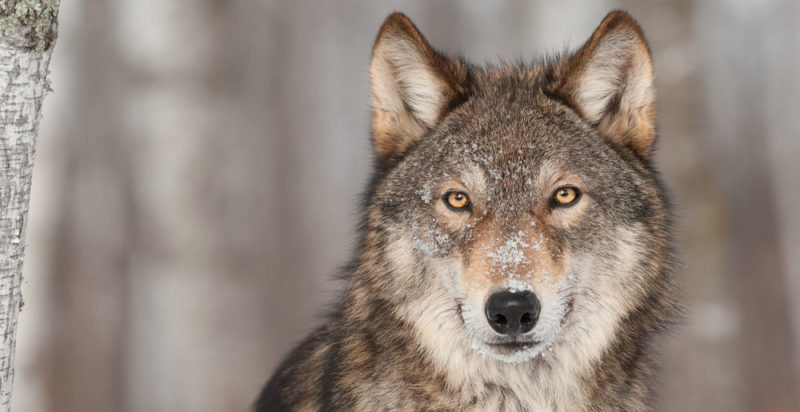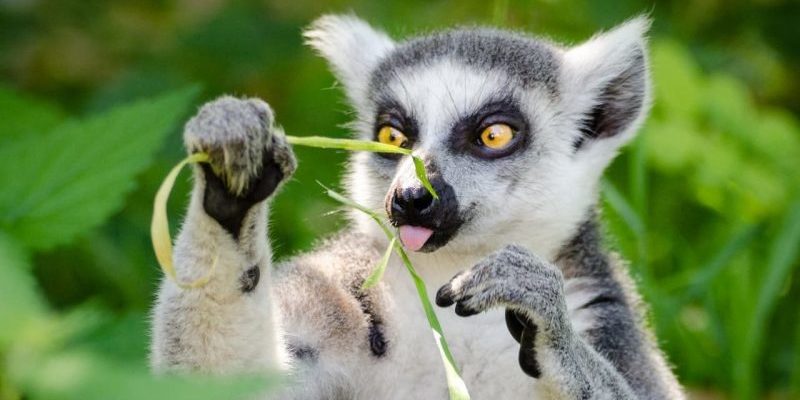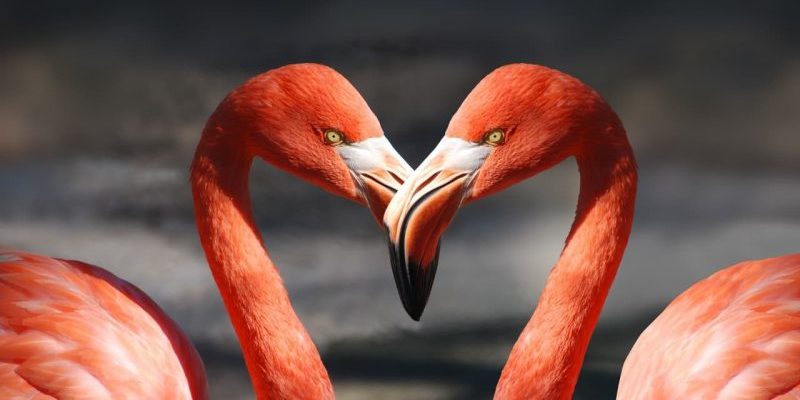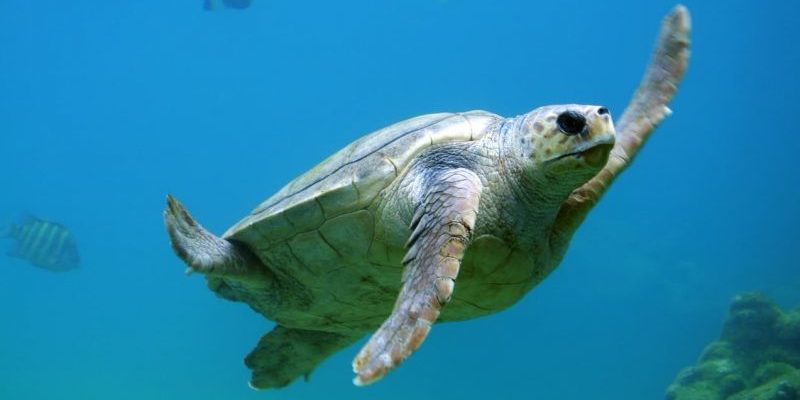We explain what living beings are and what their cellular composition and metabolism are like. Also, its general characteristics, evolution and more.
Living beings
Living beings are organized units (many times they are called organisms) capable of carrying out certain actions, such as metabolizing , reproducing and evolving. For them they must be able to exchange energy , information and / or matter with the environment and with other living beings.
Living beings are the product of very high levels of organization of organic matter . This organization allows them to obtain energy, grow, reproduce and evolve. That is the minimum set of shared characteristics that can be understood as the characteristics of life as we know it.
However, the limits between what is considered living and non-living, in some cases are difficult to define and point out what distinguishes living beings from the inorganic nature that surrounds them. Certain approaches prefer to think of life as a very complex system that perpetuates itself and that remains operative as long as it maintains its internal ordering.
Characteristics of living beings
Cell composition

One of the fundamental characteristics of living beings is to be composed of one or more cells .
According to the Cell Theory, they are the minimum units of body organization.
These present an enormous specificity in their constitution and their functions , as well as their own metabolic and organizational processes.
Based on this fact, living beings are broadly differentiated between unicellular (made up of a single cell ) and multicellular (made up of many cells). In the case of the latter, cells sacrifice their autonomy to function as a highly hierarchical and organized whole.
-
Homeostasis
Therefore, they need strategies to regulate the internal environment that preserve that stability . The aspects in which it is most important to avoid imbalances are temperature , pH and concentration of nutrients. The various processes that achieve this internal balance are called homeostasis.
Irritability
Irritability is known as the inherent ability of living beings to relate to their environment and react to stimuli that come from it. This does not mean that everyone reacts in the same way, but it does mean that no living being can exist without a link with its environment. At the very least, it must exchange matter or energy.
Thus, a living being responds to certain stimuli such as smells, sounds , movements , according to its role in nature and its state at the time of the stimulus. The same happens with thirst, hunger and other internal sensations, reflecting the needs to maintain homeostasis.
-
Metabolism
 Since maintaining a stable degree of organization consumes matter and energy , living beings have various mechanisms to obtain them from the environment. These processes are called "metabolic" and usually involve two fundamental processes:
Since maintaining a stable degree of organization consumes matter and energy , living beings have various mechanisms to obtain them from the environment. These processes are called "metabolic" and usually involve two fundamental processes:
- Anabolism . From simple nutrients, the body creates complex substances and consumes energy in the process.
- Catabolism . Complex nutrients are broken down to get the simple material to compose new substances of various kinds, and energy is released in the process.
Development and growth
The metabolism serves two functions. On the one hand, it provides living beings with the energy necessary to survive . On the other hand, it offers them the inputs (energy and materials) to make their own structure more complex, grow and reproduce.
These processes inherent to life (growing, developing, reproducing) consume energy and matter. However, this cost is necessary to guarantee the existence of the individual and the long-term existence of the species.
-
Reproduction
 The reproduction , as a strategy to overcome the inevitable failure of living organisms leading to death, is also characteristic of living beings. There are two known forms of perpetuation of the species:
The reproduction , as a strategy to overcome the inevitable failure of living organisms leading to death, is also characteristic of living beings. There are two known forms of perpetuation of the species:
- Asexual . The same individual, who has grown and developed to the right point, can physically divide into two new individuals, genetically identical to the predecessor (except in the case of mutations), who restart the cycle. It is the typical form of reproduction of unicellular beings, but it can also be carried out by some more complex organisms.
- Sexual . A more complex process, in which two developed individuals can join part of their genetic materials and create a third individual whose genome will be totally new, although partially similar to that of both parents. Multicellular beings reproduce in this way, since they have specialized cells for reproduction (gametes).
Adaptation
Life must be understood as a dynamic exercise, that is, in constant change . Living things compete with each other to adapt to the environment in the best way. Thus, they prevent the changes that occur leading to extinction but rather to rearrangement, change, adaptive variation.
For example, the first marine beings at one point encountered an overpopulation of the seas , which made competition for food and other resources more difficult . Some managed to adapt by foraying into a new and unknown terrain, but ready for colonization: the land.
In this way living beings cling to existence against different adversities . This increases the chances of survival of the species but also the biodiversity .
-
Evolution
 The adaptation of species generates new types of individuals . Natural selection implies that those who are better prepared for the environment in which they live, survive longer and reproduce more successfully, causing the species to perpetuate itself. This is the process of evolution.
The adaptation of species generates new types of individuals . Natural selection implies that those who are better prepared for the environment in which they live, survive longer and reproduce more successfully, causing the species to perpetuate itself. This is the process of evolution.Darwin called this phenomenon the "survival of the fittest." In the long term, it consists of the extinction of species less adapted to each environment , allowing their place to be taken by others with greater and better preparation to survive. In other words, each medium gave rise to new forms of life.
This process, over billions of years, produced more complex organisms at various levels , until it found the human being . Although we cannot usually appreciate it (because it occurs over many generations) this process still continues.
Intelligence
Many living things display varying degrees of intelligence . It can manifest itself as self-awareness, memory and decision-making capacity to solve specific problems in the most profitable way.
Intelligence can vary in degree, and humans are considered the most intelligent species known . It is usually a powerful survival tool, capable of organizing creatures socially and biologically.
-
Genetics
 Inside the cells is the genetic material , arranged in long chains of proteins called DNA (Deoxyribonucleic Acid) and RNA (Ribonucleic Acid). In them you will find all the information necessary for the functioning of the cell and the entire organism.
Inside the cells is the genetic material , arranged in long chains of proteins called DNA (Deoxyribonucleic Acid) and RNA (Ribonucleic Acid). In them you will find all the information necessary for the functioning of the cell and the entire organism.Every time a cell reproduces, the DNA duplicates and carries the same information to the new cell . When it comes to a sex cell, DNA ensures that the offspring have, at least partially, the same characteristics as the parent.
The above content published at Collaborative Research Group is for informational and educational purposes only and has been developed by referring reliable sources and recommendations from experts. We do not have any contact with official entities nor do we intend to replace the information that they emit.
Luke is passionate about fostering student involvement and connection. He studied psychology for his major and likes learning about the past. Luke aims to specialize in artificial intelligence and cybersecurity. .
Leave a reply
Your email address will not be published. Required fields are marked *Recent post

Sport: What Is It, Types, Risks, Features, Characteristics and Examples

Dogs: Emergence, Features, Characteristics, Feeding and Breeds

Story: Definition, Elements, Structure, Features and Characteristics

